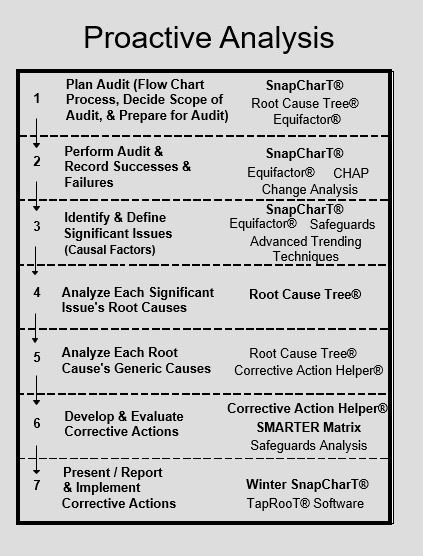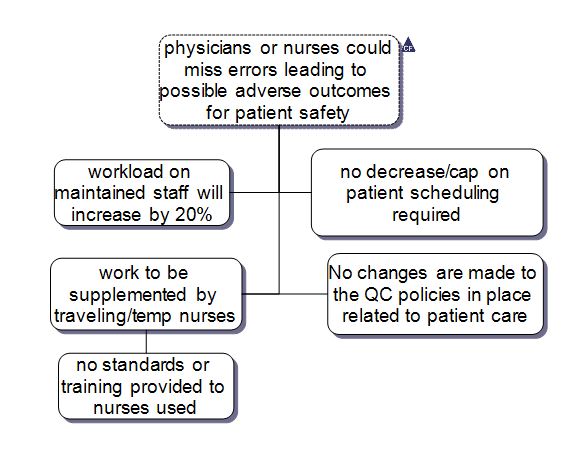Healthcare: Can’t See the Forest for the Trees


My grandmother (with whom I spent many of my childhood weekends) would say to us grandkids, “You can’t see the forest for the trees!” That usually came right after something bad happened or we did something that was not considered “right” by the adults. I always wondered what that meant, I have thought about it for years and I believe from an adult perspective I finally get it… Granny Lillie, if you can hear this, “I FINALLY GET IT!” (I hear her saying, “It is about time……sheesh.”)
As I have worked with healthcare organizations over the past 20 years working to improve performance and improve their systems we always talked about examining failures and finding the causes. Finding the “Whys” is the step necessary for you to fix issues that existed. Those issues that underlie our systems and turn into incidents, accidents and breed adverse behaviors have to be removed following a problem so that we can prevent reoccurrence. This is preached, taught, and required by all organizations in today’s business world. But why do we wait, why do we have to fail to learn? That question has always concerned me. This is where my grandmother fits in…
When as kids we would go out, make decisions to do things that had adverse outcomes, she would always say to us “you can’t see the forest for the trees” and we would just nod our heads and say “ok” then continue on our merry way. Not only would we not learn from our mistakes but we could not see the mistakes and incidents they happened. The correlation in today’s adult world from an organizational perspective relates to making decisions without considering the consequences. The “Trees” from the statement above is the change you are going to make. If you focus on the “Trees” in front of you and do not consider the future beyond that “the Forest” you are taking unnecessary risk and possibly creating problems. Do you “get it”?
What got me thinking about this today came from an article I read which dealt with an investigation by the State’s Office of Inspector General at a Louisville, KY hospital. This along with the TJC visit which found many problems at the facility prompted concerns. The investigation was prompted by complaints by staff (that survived the downsizing) regarding health and safety issues due to the decreased staffing. After reading the article I immediately began thinking about our Proactive Flow within the TapRooT® process.

Notice that when we get to step 3 in the Proactive flow we take the observed issues or problems and ask the simple question, “What could result from this?” We would pose this question against our view of the future system. Let’s suppose that they had recognized these future conditions:
- A reduction in staffing would create a significantly higher workload for existing staff
- Hospital maintained customer/patient throughput with reduced staffing
- Using traveling nurses with little or no facility or system related training to supplement staffing levels
- Reduced staffing could cause difficulty in maintaining the Quality Control standards due to pressure based on census
We can now take this information and use that “What could result from this?” and we could have had this conclusion:

a) Training – No Training – Decided not to Train
b) Management System – Standards, Policies and Administrative Controls NI – Not Strict Enough
c) Work Direction – Preparation – Scheduling NI
d) Work Direction – Selection of Worker – Not Qualified
And there certainly could have been others. At this point you have the ability to re-evaluate the changes you are about to make and ensure that the programs put in place following this down-sizing remove these potential problems. This allows you to evaluate the “Forest” behind those “Trees” and ensure the safety of your future patients and staff while working through the “Forest.” If this one hospital had performed this analysis the outcome and where they are today could have been significantly different.
By using this thought process and by being Proactive we can all create safer systems, create a more effective and acceptable working environment, and protect those around us that depend on us… just as Granny Lillie tried to do for us kids so many years ago. Sometimes the simplest, most practical viewpoint is the best. If you have any questions about the TapRooT® process for Proactive assessments please contact me directly at skompski@taproot.com.



